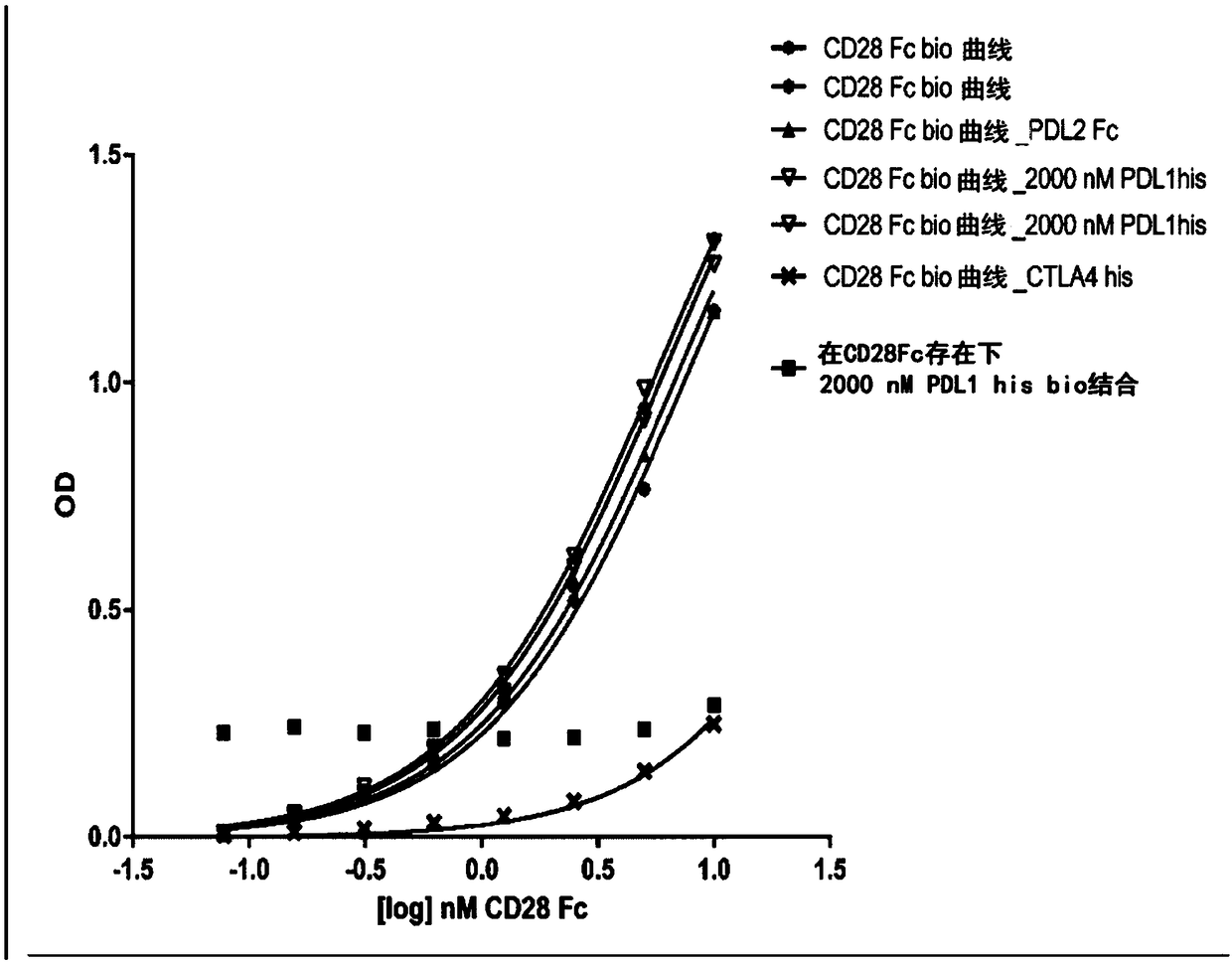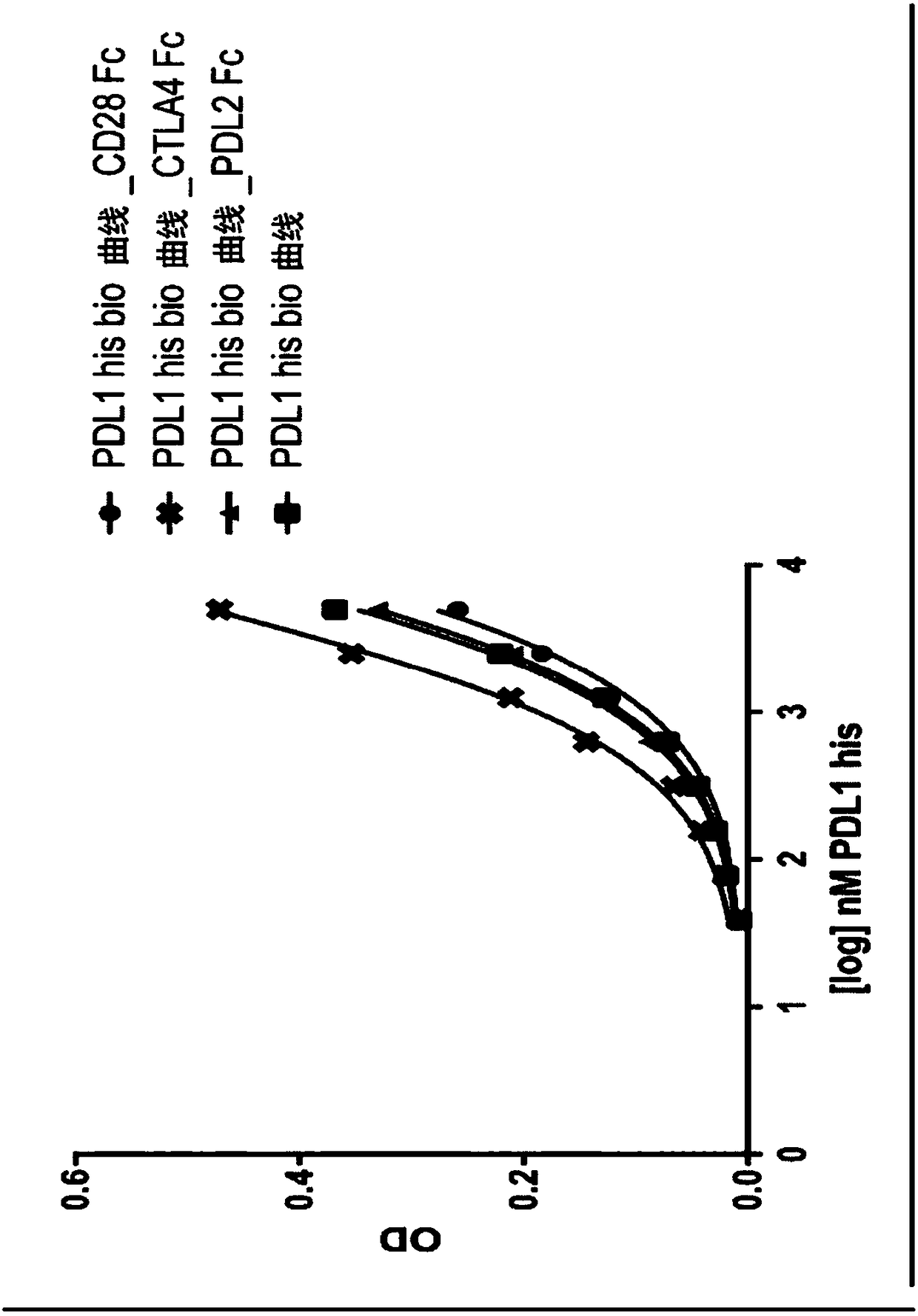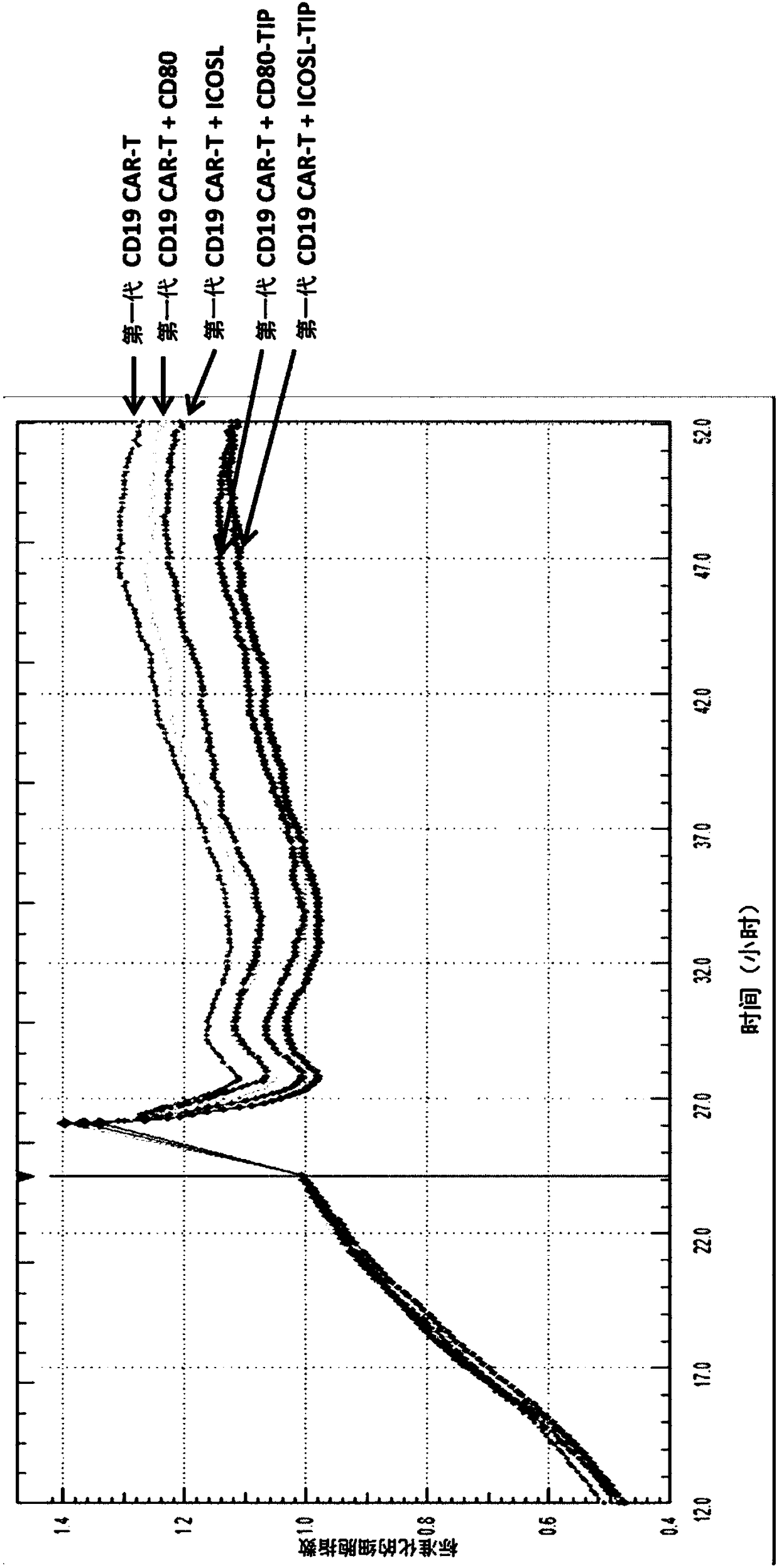Tunable variant immunoglobulin superfamily domains and engineered cell therapy
A technology of immunoglobulin and immunomodulatory protein, applied in the direction of immunoglobulin superfamily, blood/immune system cells, genetically modified cells, etc., can solve problems such as lack of important properties
- Summary
- Abstract
- Description
- Claims
- Application Information
AI Technical Summary
Problems solved by technology
Method used
Image
Examples
Embodiment approach
[0245] The provided implementations include:
[0246] 1. A transmembrane immunomodulatory protein (TIP), comprising:
[0247] (i) an extracellular domain comprising at least one non-immunoglobulin affinity-modified immunoglobulin superfamily (IgSF) domain comprising one or more amino acid substitutions in a wild-type IgSF domain, wherein the at least one affinity modification an IgSF domain that specifically binds at least one cell surface-associated binding partner of said wild-type IgSF domain; and
[0248] (ii) Transmembrane domain.
[0249] 2. The transmembrane immunomodulatory protein of embodiment 1, wherein said at least one cell surface associated binding partner is expressed in a mammalian cell.
[0250] 3. The transmembrane immunomodulatory protein of embodiment 2, wherein the mammalian cell is an antigen presenting cell (APC), a tumor cell or a lymphocyte, which is optionally a T cell.
[0251] 4. The transmembrane immunomodulatory protein according to any one of...
Embodiment 1
[0398] Generation of mutant DNA constructs of the IgSF domain
[0399] Example 1 describes the generation of mutant DNA constructs of human CD80, CD86, ICOSL and NKp30 IgSF domains for translation and expression on the yeast surface as a yeast display library. A. Degenerate library Human CD80 (SEQ ID NO:28), ICOSL (SEQ ID NO:32) and NKp30 (SEQ ID NO:54) cells were fully or partially randomized with degenerate codons for specific residues of the target protein A collection of overlapping oligonucleotides up to 80 base pairs (bp) in length from the coding DNA for the ectodomain (ECD) was ordered from Integrated DNA Technologies (Clarwell, Iowa, USA). To generate a library of multiple variants of each ECD, the oligonucleotides contain the desired degenerate codons at the desired amino acid positions. Degenerate codons were generated using the algorithm at URL: rosettadesign.med.unc.edu / SwiftLib / .
[0400] Typically, the location and degenerate codons of the mutations are selec...
Embodiment 2
[0405] DNA library introduced into yeast
[0406] Example 2 describes the introduction of CD80, CD86, ICOSL, and NKp30 DNA libraries into yeast.
[0407] To introduce degenerate and random library DNA into yeast, electroporation-competent cells of yeast strain BJ5464 (ATCC.org; ATCC No. 208288) were prepared and run on a Gene Pulser II (BioRad, USA) essentially as described. Electroporation was performed using electroporation-ready DNA from the above procedure as described (Colby, D.W. et al., 2004 Methods Enzymology 388, 348-358). The only exception is that transformed cells were grown in non-inducing minimally selective SCD-Leu medium to accommodate the LEU2 selectable marker carried by the modified plasmid pBYDS03.
[0408] Library sizes were determined by plating dilutions of freshly recovered cells on SCD-Leu agar plates and then extrapolating library sizes from the number of individual colonies from platings that produced at least 50 colonies per plate. The remainder o...
PUM
 Login to View More
Login to View More Abstract
Description
Claims
Application Information
 Login to View More
Login to View More - R&D Engineer
- R&D Manager
- IP Professional
- Industry Leading Data Capabilities
- Powerful AI technology
- Patent DNA Extraction
Browse by: Latest US Patents, China's latest patents, Technical Efficacy Thesaurus, Application Domain, Technology Topic, Popular Technical Reports.
© 2024 PatSnap. All rights reserved.Legal|Privacy policy|Modern Slavery Act Transparency Statement|Sitemap|About US| Contact US: help@patsnap.com










